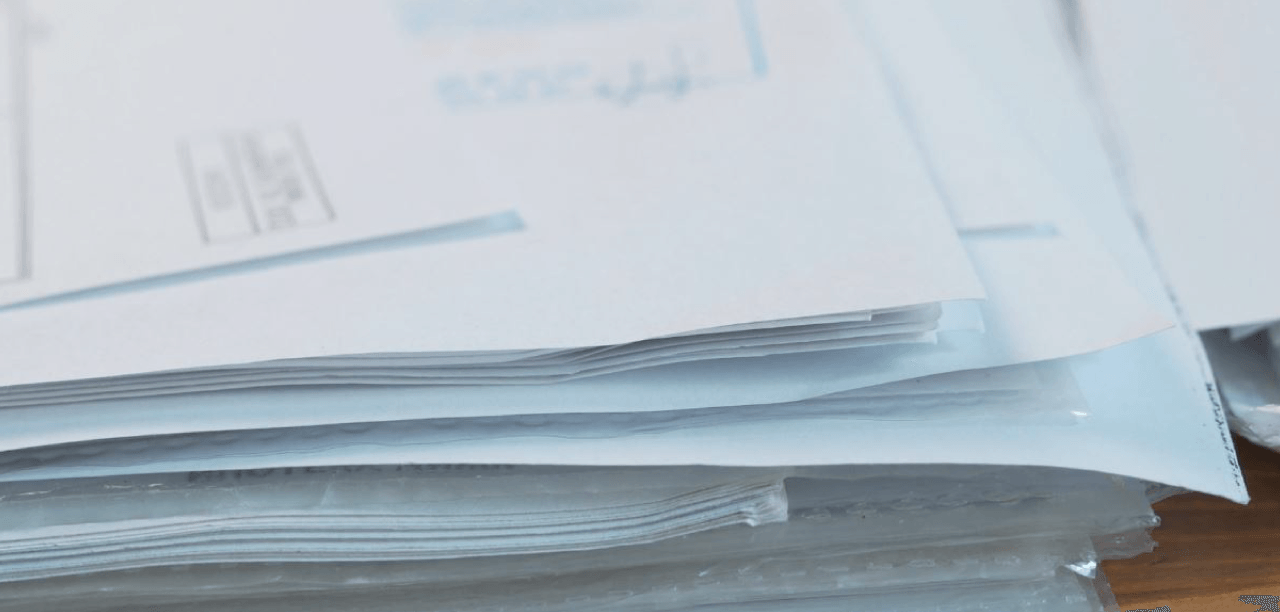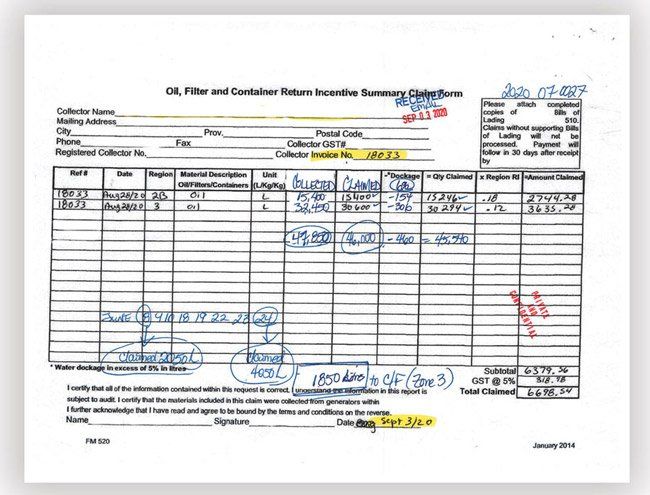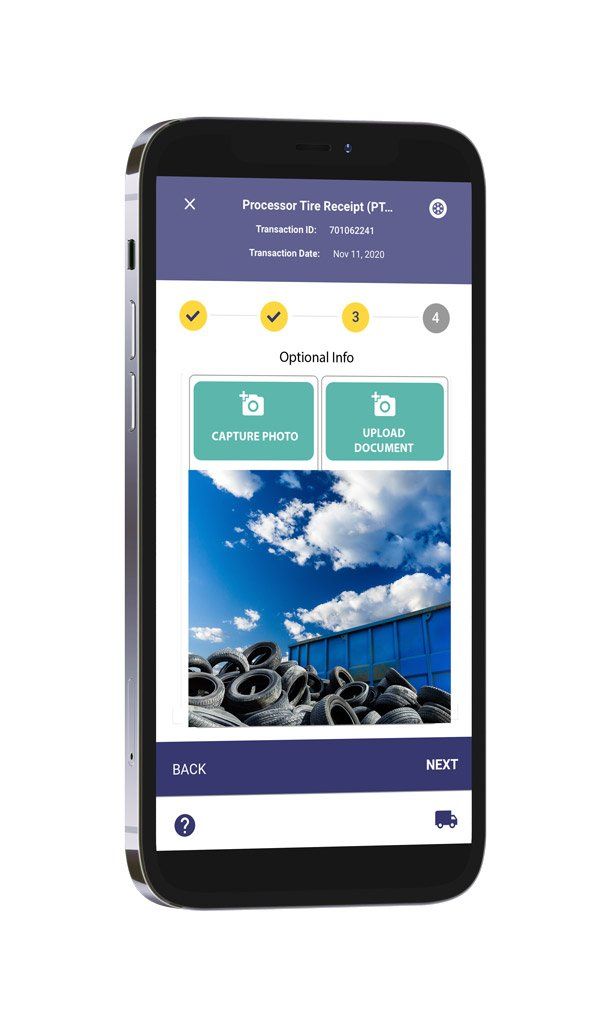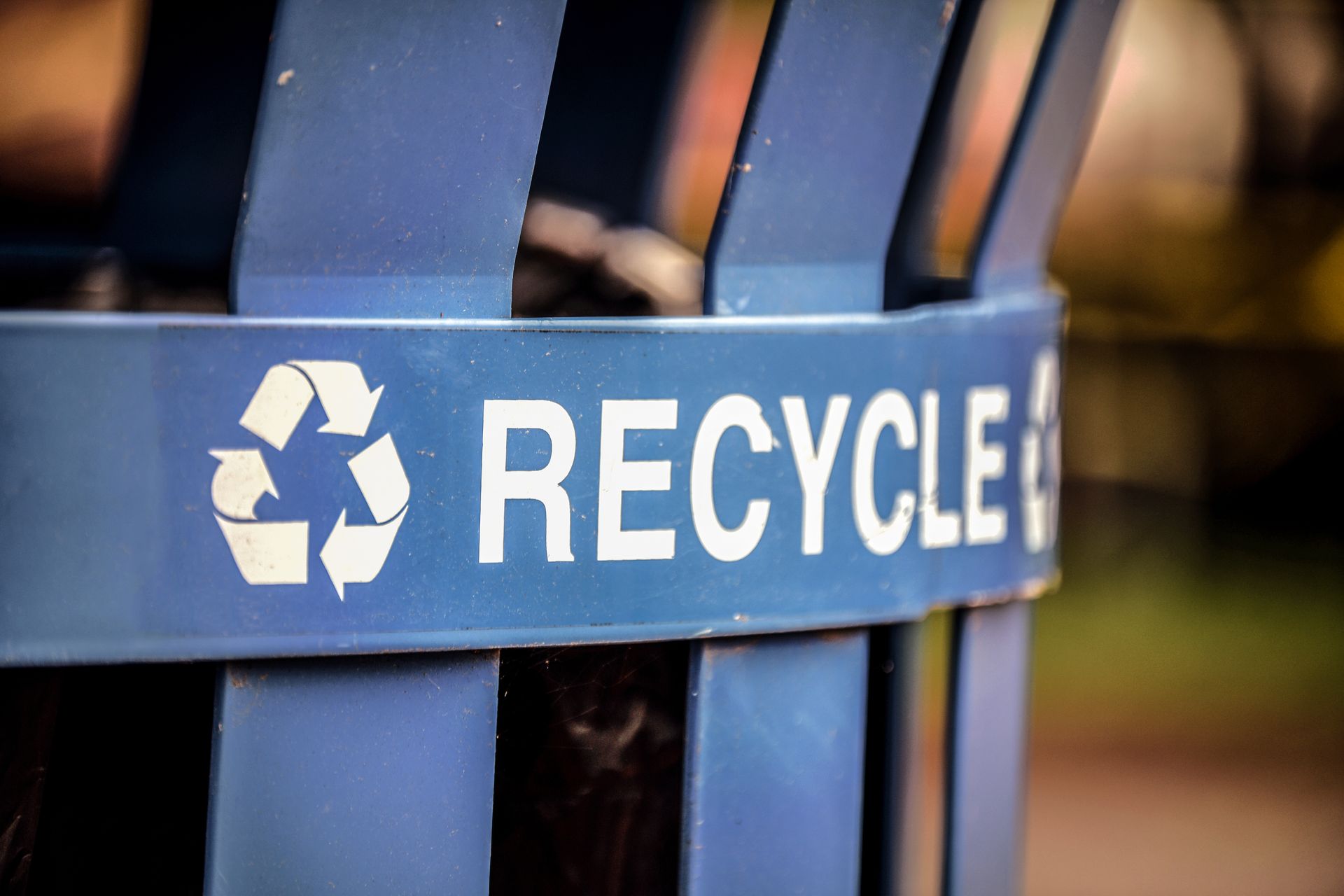MYTH 5: “Paper is simple, and therefore better.”
“For simple actions like recycling pick-ups and drop-offs, it makes sense to use paper forms – they’re quick, easy, and convenient.”
This is the fifth installment of our eight-part myth-busting series. In this series, we explore some common myths in the recycling and waste management industry, explain how these myths came about and why they persist, and share some revolutionary insights that help program managers see things in a better way.

Let’s face it: simplicity is attractive.
As human beings, we’re naturally wired to seek it. A sleek, elegant solution to a problem will always trump the seeming nuisance of a complex one.
And in the increasingly complex world of waste and recycling – with its ever-changing legislation, new waste materials, and new technologies – simplicity is extremely desirable.
Perhaps that’s why we seek - and sometimes settle for – solutions to our industry challenges that give the appearance of simplicity.
Chief among these “simple” solutions is the use of paper forms to track the movement of materials or material flows in a waste or recycling program. (Some organizations refer to these forms as manifests or transaction forms.)
When it comes to these paper manifest or transaction forms, there are a few questions that must be asked:
- Is the use of paper forms really a simple solution?
- Is this solution as simple as it seems?
- Do paper forms really give us what we need in the industry?
- Could paper forms be causing more issues than they solve?
In this week’s post, let’s dive into the world of paper forms, examine the pros and cons of their use, and explore alternative options for tracking the movement of waste and recycling materials within a waste or recycling management program.
What Exactly Are We Trying to Do Here?
Before we can evaluate paper forms as a solution, let’s first take the time to understand what function they are supposed to play. What problem are we trying to solve?
Well, it’s three-fold.
Most waste or recycling organizations—whether they work in an EPR/IPR legislative framework or not--have some common requirements and concerns. They are trying to:
1. Track their productivity and progress towards their goals or recovery targets
- A common issue in this area might sound something like, “I need to divert 1000 tonnes of material x from landfills by the end of the year. It’s November, and I don’t know what percent complete I am.”
- Or “I have no easy way of seeing how much GHG emission reduction my program has achieved. I can use historical data to try to calculate it, but the data is outdated, it might have errors, and quite simply, I just don’t have the time it would take to figure this out.”
2. Make sure the data they’re getting from “in the field” is high quality—meaning, it’s complete, accurate, and isn’t missing altogether
- A concern in this area might be: “The participant who picked up material from a collection point said she picked up 100 kgs of materials yesterday. How do I know if that’s true or if that number is accurate?”
3. “See” what’s happening in their entire program, down to the nitty-gritty details at the transaction level
- An organization struggling in this area might say: “There’s a mistake in my numbers, and there’s no easy way to trace back to where it came from. I’ll have to go through multiple spreadsheets and banker’s boxes full of paper to find the source and fix the issue. It’s going to take me forever and I don’t even know if I’ll be able to find the error as it’s like looking for a needle in a haystack”
These organizations also need all this information at any time, and with so much confidence and reliability that they’re not wasting hours and hours verifying that it's true.
For many organizations, they also need to build detailed reports for legislators or other key stakeholders that prove they’ve met their targets and goals. The pressure to be highly accurate and efficient is immense.
Paper Forms: The Old Way of Doing Things
Until very recently, there was simply no easy way for organizations to do any of these three things:
- track their progress towards recovery targets and other goals
- ensure they have accurate, complete and high-quality data
- have the ability to see into their entire, sometimes complex, program, right to the granular transaction level

Most organizations were and still are relying on paper forms to track in-field activities. For instance, a participant (like a hauler, collector, generator, etc.) would use a form to record the quantity or weight of materials they picked up from a waste collection point or dropped off to a recycling plant.
Though they seem simple to use, these forms come with a host of problems because they can be:
- completely illegible or at a minimum, extremely hard to read
- filled with errors, or are written such that someone has to guess to interpret the information, making room for more potential errors to occur
- in need of having someone manually transcribe the data into a tool like MS-Excel, introducing the potential for even more errors
- part of a cumbersome, outdated process that takes an inordinate investment of time
- pieces of paper and as such, do not contain any built-in fraud, error or security safeguards whatsoever
As becomes evident, these paper-based systems—due to the number of issues they both inherently come with and inadvertently cause—can end up costing an organization way too much without providing the benefits of irrefutable, high-quality data that these organizations need in order to be more productive, more effective and therefore, more successful.

What Do We Need To Be Effective?
So, let’s now examine what it would take for a manifest system to actually be effective. We know that paper forms have had their time and place but that it’s now evident that they aren’t foolproof, nor can their effectiveness be improved. They have finite limits of what is possible.
An effective solution must expand the limits of what is possible—and quite simply, this means moving beyond being rooted in paper.
A truly effective solution would have to approach waste and recycling program management differently. It would have to digitize every step of a waste or recycling process and build in the appropriate fraud-, error- and security safeguards that are necessary, and that are the backbone of high-quality data.
Such a solution would need to give users the detailed visibility into their programs and every activity (down to individual events) that they currently lack – easily, quickly, and at any time. In fact, in real time so that a data-driven picture of the waste and recycling programs and operations can be accessed, assessed and course-corrected (if necessary) in short order. Best of all, such a solution would provide the accurate, irrefutable data most operations leaders need to make good decisions in the best interest of their organizations. Another thing that a paper-based process really can’t provide.
And finally, a truly effective solution would need to provide the utmost flexibility. Since the industry is constantly changing, new legislation is being adopted across the globe at seemingly record speed, and businesses are growing more rapidly than ever, the processes that they currently rely on must be adapted and in many cases, upgraded.

E-manifests: The New Paperless Way to Manage a Waste or Recycling Program
As is the case with pretty much everything these days, there is both bad and good news when it comes to your waste and recycling management programs. The bad news is that if you’re still rooted in paper-based systems and are still dealing with the plethora of challenges that come with them, you’re simply not using the best available tool for the job you have at hand. The good news is that you are of course managing your current program however, there are much better ways and much better tools you can adopt—quickly and easily—that will help you overcome the challenges you’re experiencing.
There are some very specific reasons for going paperless and taking your recycling or waste management program to the next, digital level.
Assess what going digital can do for you, your program, and your organization

Adopting a digital solution and transitioning to e-manifests can deliver many tangible benefits to you and your organization in a short time frame.
At a high level, going digital allows you to see everything that’s happening in your program, report on your progress and key performance indicators, and ensure that everything is accurate, safe and fully secured—all things that a paper-based system simply cannot provide.
In one of our earlier blogs, we put together some key things to look for in any digital solution—check them out here as a refresher.
A digital solution like Diversys can provide you with a complete way to go paperless. Utilizing 3 key components: a mobile app for in-field users that are on the go making pickups and drop offs; a web portal for you and your in-office team to easily provide overall program management; and an unparalleled data management hub that captures, stores and provides real-time access to all of your program data—your entire program can run smoothly from start to finish.
These three components—delivered via a mobile app, a program management web portal, and a data hub with key reporting and real-time dashboard capabilities—are all underpinned by what we call “audit-ready” data. Data that is accurate, complete, fully traceable, and in the end, irrefutable is the pillar of going digital.
There are many other factors to consider when deciding to go digital—and many benefits that can be unique to your operations. If you’ve been thinking about going paperless for a while or just started to hear about e-manifests and want some expert advice, rest assured there’s never been a better time to start the discussion.

About Diversys
Diversys is proud to have its roots in Ontario, Canada - a province widely recognized for its leadership in EPR and sustainability. Since 2019, we've been dedicated to creating innovative software solutions that drive progress toward a world without waste.
Our story is a testament to the power of hard work, customer loyalty, and big ideas. We are committed to empowering organizations with the waste recycling software solutions necessary for achieving a sustainable future. Our cutting-edge software platform is helping organizations achieve their ESG goals, meet reporting obligations, and improve operational efficiency for their recycling programs.
Our commitment to delivering world-class solutions that drive meaningful progress towards waste reduction and a more sustainable future is unwavering. Our team of industry experts is ready to help you navigate the rapidly-evolving waste management landscape as we progress toward a circular economy.





